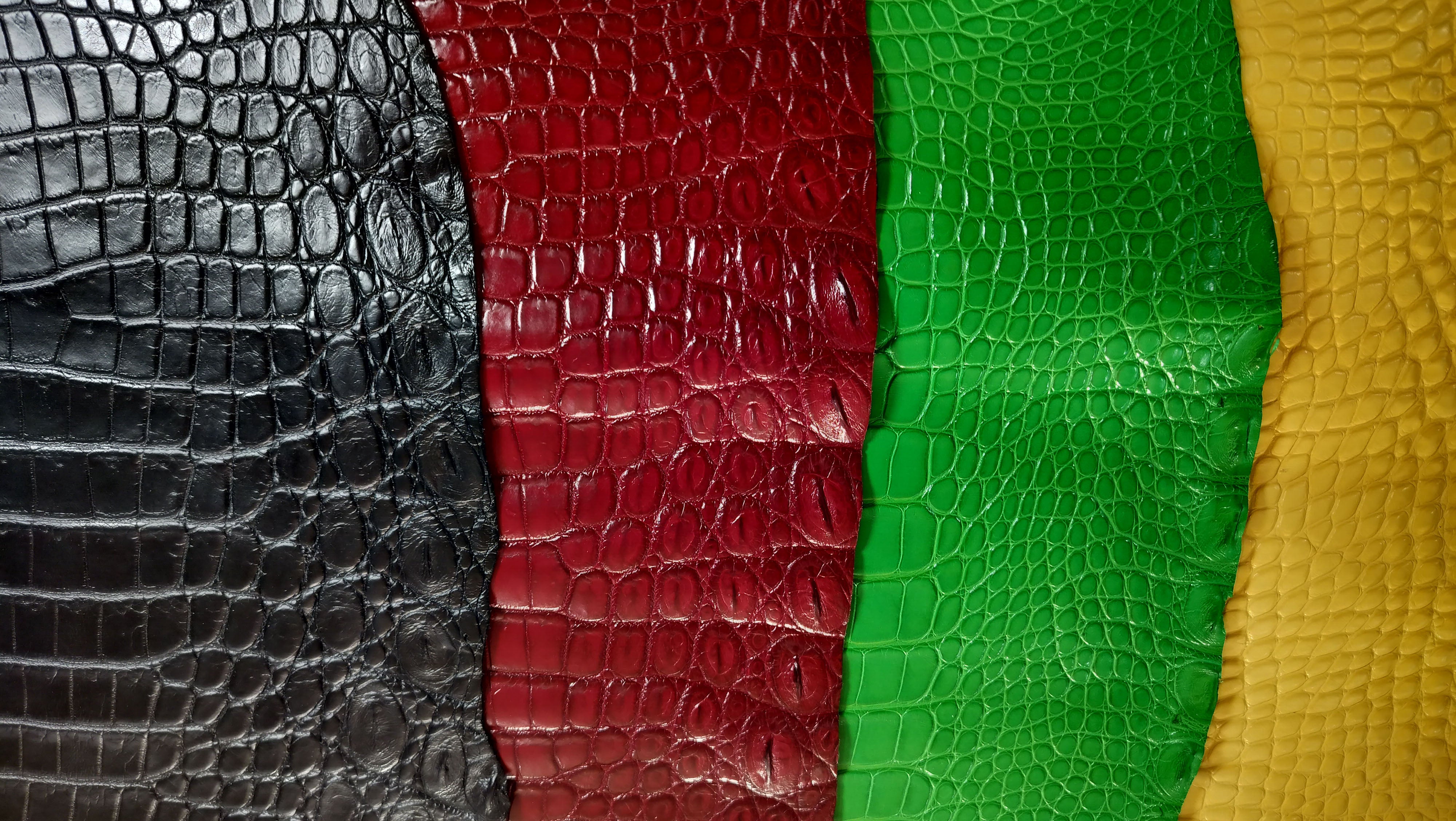
The Unexpected Truth About Exotic Leather: 3 Things You Never Knew
Many fashion enthusiasts may recognize crocodile or python skin in handbags and shoes, but the vast world of exotic leather holds far more secrets. Let's delve beyond the familiar and uncover some surprising facts about these unique materials used to create provocative and exclusive pieces.
This lack of knowledge, frankly, deserves a stylish intervention! So, get ready to be amazed, surprised, and perhaps even impressed by our curated list of fascinating facts about exotic leather.
Fact #1: Alligator Farming Helps Animal Conservation Efforts
In the late 1960s, the American Alligator faced a bleak future. Overhunting for meat and skin had pushed it to the brink of extinction. Thankfully, a remarkable reversal of fortune has taken place, with the species now classified as "least concern" by the IUCN Red List. One of the key contributors to this success story is sustainable-use alligator farming.
Florida Alligator Marketing and Education explains how these farms operate: "Alligator farming helps take pressure off the wild population while meeting the demand for alligator products." Eggs are collected and safely hatched within the farms, protecting them from natural predators like raccoons and invasive pythons. Interestingly, the Florida Wildlife Committee reports that "about 1/3 of alligator nests are destroyed by predators (mainly raccoons)" in the wild.
By guarding their eggs and supplementing the demand for meat and leather, these farms reduce pressure on wild populations. This creates a win-win situation, allowing the alligator population to rebound while providing economic benefits through responsible farming practices.
2: Exotic Leathers Only Make Up About 1% of All Globally-Traded Leathers by Animal Type
While bovine leather reigns supreme, making up nearly 70% of the global leather trade according to UKLeather.org, other animals contribute significantly less. Sheepskin comes in at 12.9%, goat at 11.6%, and pig at 6.7%. Then there's the intriguing "other" category, a mere 1.0%, which encompasses all exotic leathers like stingray, crocodile, and python.
This vast difference in availability between common and exotic leathers plays a crucial role in shaping their value and uniqueness. With only 1% of the market share, exotic leathers are inherently rarer, making each product crafted from them a true standout.
This exclusivity goes beyond mere aesthetics. The limited nature of exotic leathers often translates to stricter sourcing practices and higher quality control standards, further contributing to their perceived value and desirability.
3: Major Fashion Houses Are Spending Millions on Buying Tanneries and Farms to Increase Exclusivity for Their Exotic Leather Products
Exotic leather's popularity spike has sparked a land grab among luxury fashion houses. By buying entire farms and tanneries, giants like LVMH and Kering secure exclusive access to high-end materials like crocodile skin. This leaves independent designers scrambling for scraps, as these captive suppliers prioritize their big-pocket owners.
How does this affect you? As a conscious consumer, knowing your supplier's independence is crucial. Ask if they operate entirely on their own or face pressure from fashion giants. Buying from independent sources supports small businesses and potentially ensures more ethical and sustainable practices.
This trend raises concerns about ethical sourcing and environmental impact. Large-scale farming can raise animal welfare issues, while tanning processes might not prioritize ecological responsibility. Be informed and choose brands committed to both transparency and sustainability.